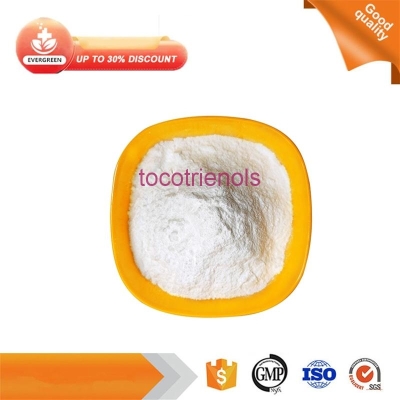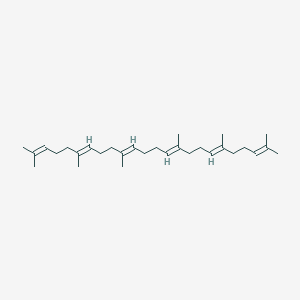-
Categories
-
Pharmaceutical Intermediates
-
Active Pharmaceutical Ingredients
-
Food Additives
- Industrial Coatings
- Agrochemicals
- Dyes and Pigments
- Surfactant
- Flavors and Fragrances
- Chemical Reagents
- Catalyst and Auxiliary
- Natural Products
- Inorganic Chemistry
-
Organic Chemistry
-
Biochemical Engineering
- Analytical Chemistry
- Cosmetic Ingredient
-
Pharmaceutical Intermediates
Promotion
ECHEMI Mall
Wholesale
Weekly Price
Exhibition
News
-
Trade Service
Scientists from Waseda University, japan's National University of Defense Medicine and the Japan Science and Technology Agency have developed a new bio-adhesive wireless energy-powered light-emitting device for more effectively treating cancer in complex organs, according to a study published recently in Nature Biomedical Engineering, entitled "Tissue-Adhesive wireless powered optoelectronic device for metronomic photodynamic cancer."
traditional photodynamic therapy induces tumor cell death through the use of photosensitive agents, which enter tumor tissue and are activated under the effect of light at a particular wavelength. In recent years, low-dose, long-term rhythmic photodynamic therapy (mPDT) has shown some potential in treating cancer in deep organs. But the problem with mPDT is that because the light intensity is very low (only 1/1000 of the light intensity of traditional therapy), it is impossible to kill cancer cells as long as a little offset in the direction of light, which makes the treatment less effective.
To solve this problem, we have developed a wireless energy-supplying photoelectective device that adheres to the tissues of animals like stickers with bio-adhesives and elastic nano tablets, continuously beaming light to tumors. Toshinori Fujie, an associate professor in the Department of Biomedical Engineering at Waseda University, said.
This nano patch, modified by a muscle-adhesive protein-inspired polymer, polydopamine, can steadily adhere to wet animal tissue for more than 2 weeks without the need for medical glue or surgical succution. The photodydes chip in the device is powered by near-field AC technology.
To test the effectiveness of the device, the researchers injected mice with the device with a photosensitive agent and exposed it to red and green light with a strength of only 1/1000 of the traditional PDT light intensity for 10 consecutive days. Experiments have shown a significant slowdown in tumor growth, especially in mice where the tumor has completely disappeared under the effect of green light.Associate Professor fujie,
Fujie, said: "This device may be able to assist in the treatment of difficult-to-detect micro-tumor stoves and deep tumor stoves that cannot be treated by traditional light therapy without worrying about damage to healthy tissue due to long-term lighting." In addition, since the device does not require surgical stitching, it is suitable for treating tumors close to major nerves and blood vessels, as well as fragile, shape-altering or moving organs such as the brain, liver and pancreas. "
clinical approval, the device will benefit cancer patients who seek to minimize invasiveness, help them survive longer and improve their quality of life," he said. (Bio Valley)







